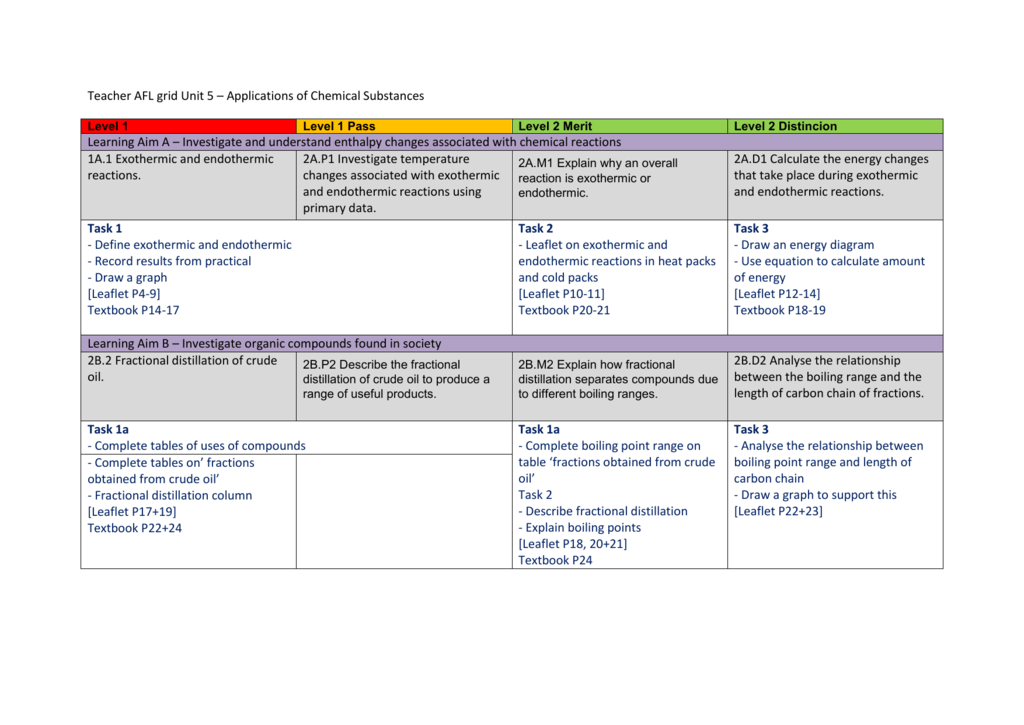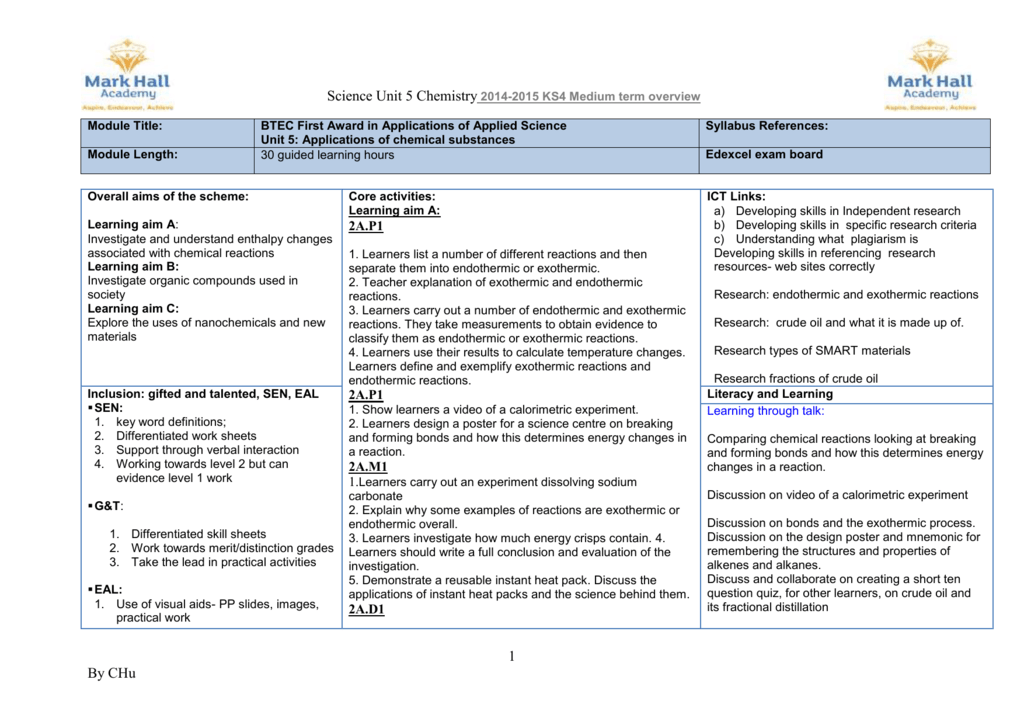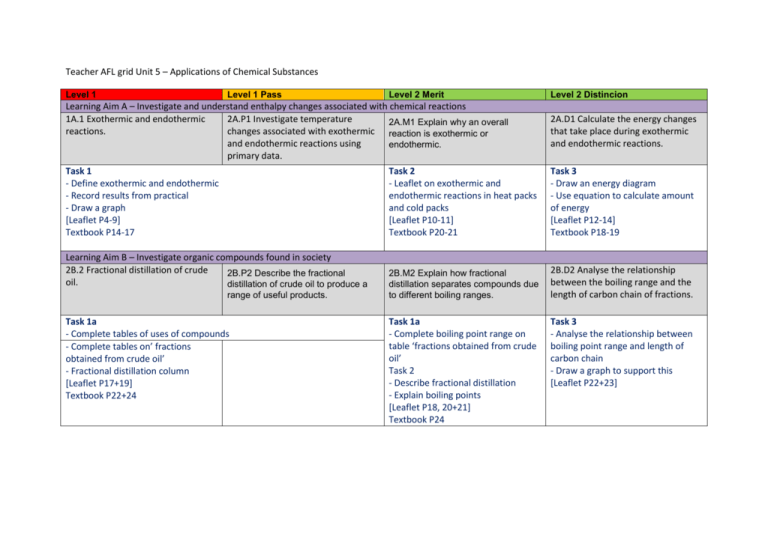Describe a Use of Nanochemicals Smart and Specialised Materials
The field of nanotechnology relates to the study and micromanipulation of nanostructure properties at dimensions between 1 and 100 nanometers. Nanoscale materials are beginning to enable washable durable smart fabrics equipped with flexible nanoscale sensors and electronics with capabilities for health monitoring solar energy capture and energy harvesting through movement.
Smart materials are materials that are manipulated to respond in a controllable and reversible way modifying some of their properties as a result of external stimuli such as certain mechanical stress or a certain temperature among others.

. The key material specialised material is Silicon as it is a semiconductor. One of the issues that affect the application of nanotechnology in the drug delivery is the stability problems of nanoparticles. One of such products which has been using nano material for improved performance is sunscreen.
Nano-science has a multitude of applications including technology manufacturing and medicine. Nanomaterials are developed to exhibit novel characteristics such as increased. Nanoscience and smart materials The use of nano-scale particles is relatively new and it is still unclear what their long term effect might be on health and the environment.
The nanochemicals are used in a variety of applications including chemical warfare bicycle manufacturing armor design and military weapons. 2012 provides contradictory results by finding that smart materials are very expensive that makes production of vehicles costly. Specialised materials is a substances that is specifically designed for specific usage.
Describe in detail the use of at least one smart material one application involving nanochemicals and one application of another sort of specialised material. Nano chemicals are materials that are manufactured at a scale that is 10 thousand times smaller than the size of human hair. Nanoparticles have high free energies due to their sizes.
Wiki User 2012-05-20 152005. Nano substances may take different shapes as follows. What are the benefits and drawbacks of using smart materials nanochemicals and specialised materials Do the benefits outweigh the risks.
Nanoparticulate materials are used in some paints cosmetics and sunscreens. A nanometre is one billionth of a metre. Nanoscience is the study of structures and materials on an ultra-small scale.
This phenomenon is known as Ostwald ripening. For example in electronic industry it relies on specialised materials to make the components it is using in mobile phones. Here are some examples of nanochemcals smart materials and specialised.
Task 61 Uses of New Materials P6 Define nanochemicals and describe a use of nanochemicals smart and specialised materials. Smart Materials A Smart material is a family of materials whose physical properties change when they are subjected to different environments such as temperature change or if an electric current is applied. Provide a detailed description of it.
Where the materials are used as part of a formulationin conjunction with other. Responds to a change in the environment. Nano chemicals are developed to bring forth increased characteristics.
Nanochemicals are used in different applications including miltirary weapons bicyle manufacturing and chemical warfareNanochemistry or. However the research of Grigorie et al. Nanochemicals are chemicals that have been generated by the use of nanomaterials.
This technology is on the verge of many innovative advances which excites and concerns many scientists. Lightweighting of cars trucks airplanes boats and space craft could lead to significant fuel savings. Describe a use of nanochemicals smart and specialised materials.
Nanotechnology has the potential to revolutionise a diverse range of fields from health care to manufacturing. The use of smart materials like SMA in cars helps to repair the damages itself because smart materials are self repaired materials as it can repair itself if damages occur. Describe a use of nanochemicals smart and specialised materials.
Use of a smart material which the company used to make their products in the early days. From air purifiers to stain removers antibacterial cleansers as well as specialised paint and similar more products are made using nano engineered materials. The most commonly used and studied nanochemical is.
Describe a use of nanochemicals smart and specialised materials. These help cure people faster and without the side effects that other traditional drugs have. In the medical world nanotechnology is also seen as a boon since these can help with creating what is called smart drugs.
These materials are often stronger more durable and lighter than those that are not produced with the help of nanotechnology. Nanoscale products are also being used in several personal care items. Smart materials are the basis of many applications including sensors and.
It is one of the Nano science branches which deals with chemical applications of Nano substances It includes studying description and the synthesis of Nano substances It studies the unique properties related to collecting the atoms and molecules of Nano dimensions. 2CP6 learners should. Smart materials also called intelligent or responsive materials are designed materials that have one or more properties that can be significantly changed in a controlled fashion by external stimuli such as stress moisture electric or magnetic fields light temperature pH or chemical compounds.
Nanomaterials are chemical substances or materials that are manufactured and used at a very small scale down to 10000 times smaller than the diameter of a human hair. At the same time the. This causes aggregation and agglomeration.
Because of their responsiveness smart materials are also known as responsive materials. Autophagy is a process that degrades damaged materials in a cell and plays a normal part in cell growth and renewal but scientists have found that sometimes an overactivity of this destruction. Zinc oxide blocks ultraviolet light so it.
Smart materials are being used and are continually being developed for medical defensive and industrial products. Sunscreens block harmful ultraviolet light from the sun reaching the skin. The physical and chemical properties of matter change at the nano level.


Comments
Post a Comment